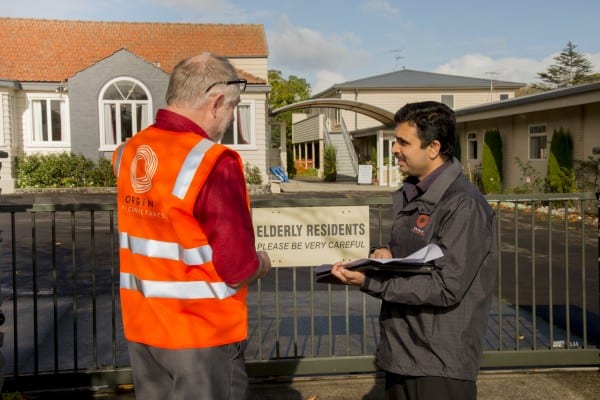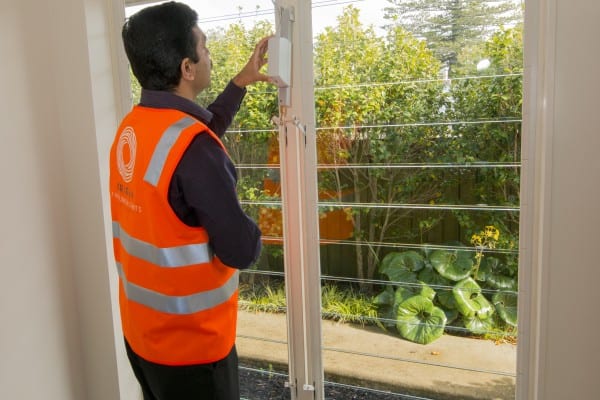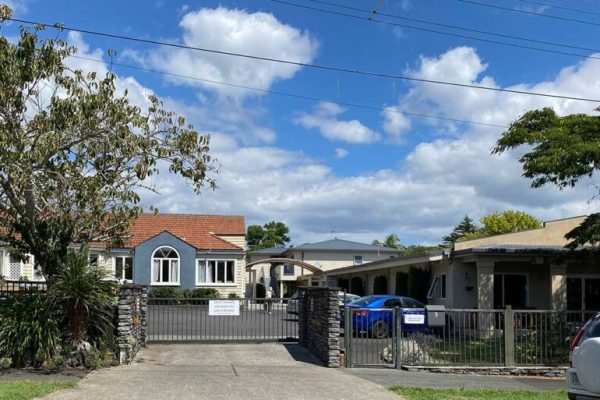The project went through two architects. The first architect drew all his drawings by hand which required us to redraw sections of them into CAD to meet our needs. The second architect produced CAD drawings which improved coordination of our documents. We also carried out our own site survey of the building and the systems in them and were able to feed back to the architect areas where the drawings did not reflect the detail that we requited for our design. The contractor was appointed at final design stages so we had the benefit of discussing products and construction methodology before we completed our design.
This is an existing building undergoing alterations where two blocks (hospital and dementia) are combined into one building. The building has a Type 7 alarm system with residential sprinkler system. The main problem in this building was the bedroom doors were not smoke rated. The bedroom doors are required to be smoke rated (with no closures) to achieve compliance with C/AS3. Client did not wish to upgrade the existing bedroom doors as it was a costly exercise. Various options were considered which is to replace the existing bedroom doors or ANARP compliance with retaining existing bedroom door or alternative fire safety features to make the building compliant


